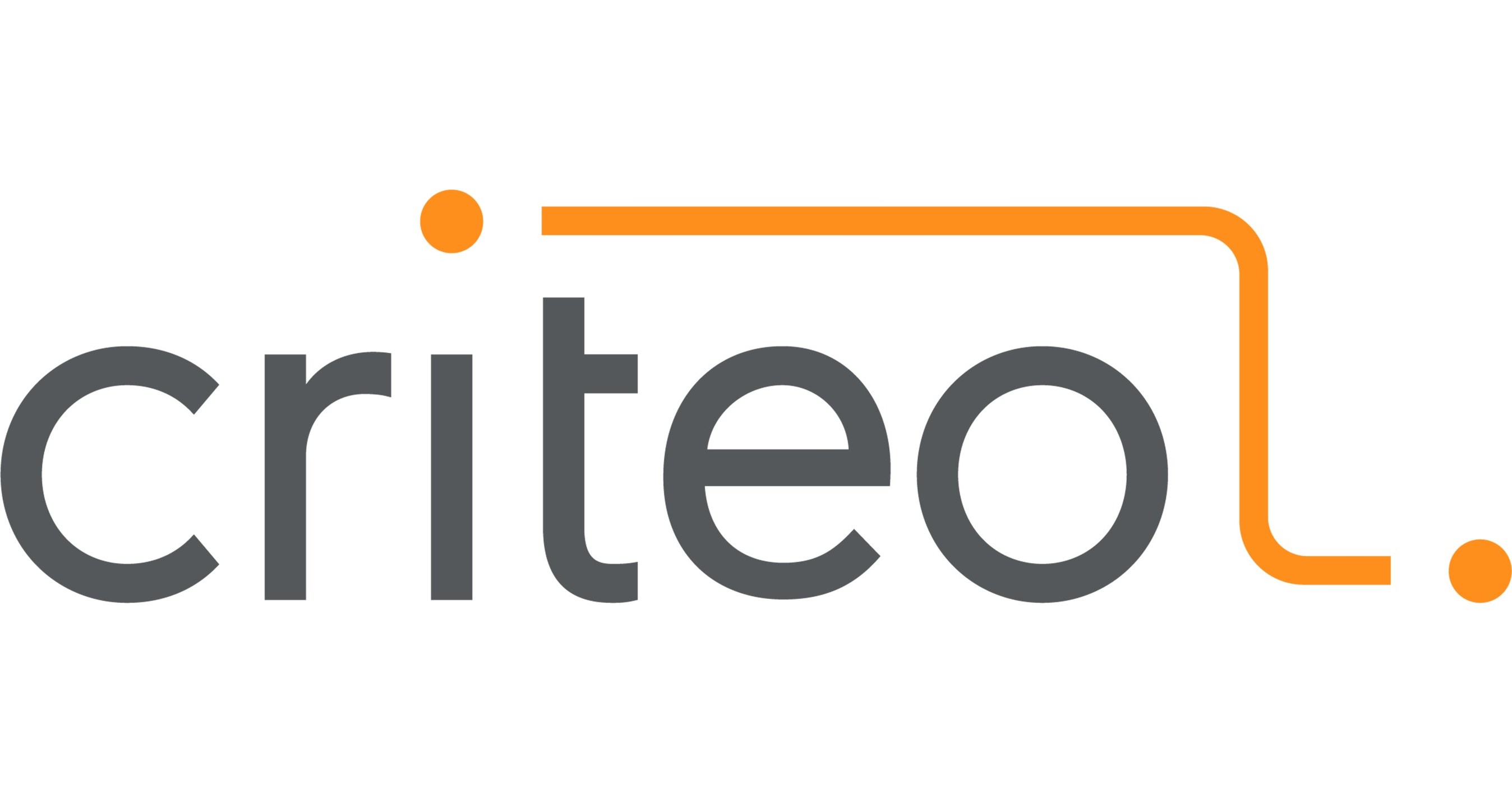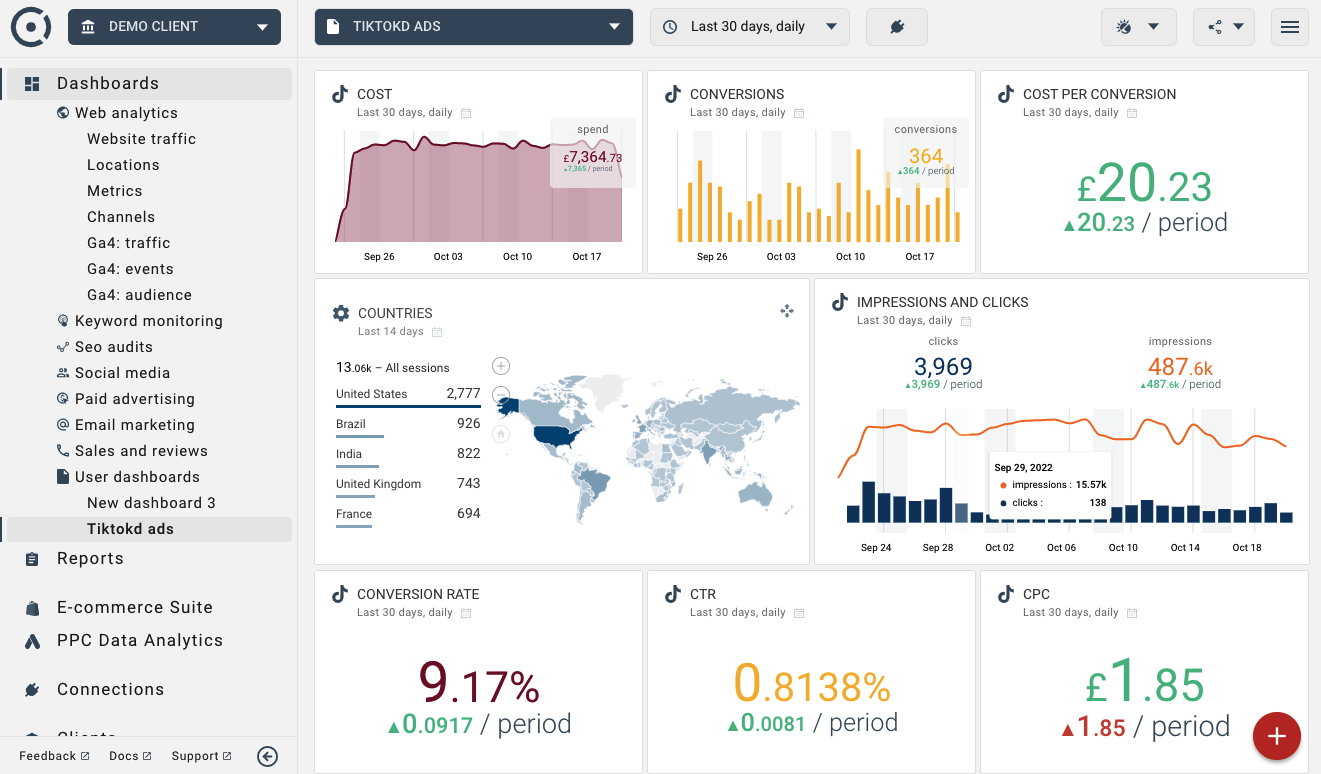
Criteo Commerce Media Platform: Complete Buyer's Guide
Enterprise-focused AI retargeting solution
Criteo Commerce Media Platform is an enterprise-focused AI retargeting solution built around the industry's largest commerce dataset, processing over $1 trillion in annual commerce sales data to enable SKU-level targeting across 225+ retailers and 17,000 brands[41][45].
Market Position & Maturity
Market Standing
Criteo maintains a leadership position in retail media network services, with IDC MarketScape reportedly recognizing the company as a leader citing superior first-party data integration and AI-powered curation packages[54].
Company Maturity
Criteo processes over $1 trillion in annual commerce sales data across 225+ retailers and 17,000 brands, demonstrating operational scale and data infrastructure capabilities[41][45].
Growth Trajectory
The platform's specialization in commerce-specific use cases creates competitive differentiation versus general-purpose advertising platforms attempting to serve retail media needs.
Industry Recognition
Industry recognition extends beyond IDC MarketScape leadership to include Nielsen-accredited measurement capabilities that provide third-party validation for campaign attribution[54].
Strategic Partnerships
Strategic partnerships with 225+ retailers create significant competitive moats through exclusive data access and integration capabilities[45].
Longevity Assessment
Longevity assessment indicates strong market position sustainability through proprietary data advantages and retailer ecosystem integration.
Proof of Capabilities
Customer Evidence
Adidas achieved an 81% mid-funnel ROAS improvement through AI-driven dynamic bidding implementation, showcasing the platform's ability to optimize campaign performance for global enterprise brands[41]. YSL Beauty's 92% revenue-per-user uplift through integrated onsite and offsite retail media campaigns validates cross-channel orchestration capabilities[48].
Quantified Outcomes
Documented implementations show 2x click-through rate improvements through dynamic creative optimization capabilities[52].
Case Study Analysis
Adidas and YSL Beauty case studies demonstrate effectiveness for global brands managing complex product portfolios across multiple retail channels[41][48].
Market Validation
Market adoption metrics indicate strong customer validation, with 60% of the top 25 U.S. retailers reportedly using Criteo for commerce media campaigns[58].
Competitive Wins
Combined Criteo and Meta Ads deployments achieve 168% sales increases when orchestrated effectively, suggesting superior integration capabilities compared to standalone platform approaches[49][51].
Reference Customers
Enterprise customer validation demonstrates Criteo's effectiveness across major commerce brands and retailers.
AI Technology
Criteo's artificial intelligence foundation centers on proprietary behavioral modeling algorithms that assess individual visitor conversion likelihood and adjust bidding strategies dynamically through granular user valuation[41].
Architecture
The Commerce Graph infrastructure represents Criteo's core technical differentiator, connecting shopper identities across 225+ retail ecosystems to enable unified campaign orchestration[45][54].
Primary Competitors
Primary competitive landscape positions Criteo against Google Ads, AdRoll, and enterprise marketing clouds from Adobe and Salesforce.
Competitive Advantages
Criteo offers deeper SKU-level targeting capabilities and commerce-specific behavioral models compared to Google Ads[47][54].
Market Positioning
Criteo's Commerce Graph infrastructure and $1+ trillion commerce data processing create competitive advantages that general-purpose advertising platforms cannot replicate[41][45].
Win/Loss Scenarios
Attribution challenges when layering with Meta Ads create integration complexity, though combined deployments reportedly achieve 168% sales increases when orchestrated effectively[49][51].
Key Features

Pros & Cons
Use Cases
Integrations
Featured In Articles
Comprehensive analysis of AI Retargeting for AI Marketing & Advertising for AI Marketing & Advertising professionals. Expert evaluation of features, pricing, and implementation.
How We Researched This Guide
About This Guide: This comprehensive analysis is based on extensive competitive intelligence and real-world implementation data from leading AI vendors. StayModern updates this guide quarterly to reflect market developments and vendor performance changes.
59+ verified sources per analysis including official documentation, customer reviews, analyst reports, and industry publications.
- • Vendor documentation & whitepapers
- • Customer testimonials & case studies
- • Third-party analyst assessments
- • Industry benchmarking reports
Standardized assessment framework across 8 key dimensions for objective comparison.
- • Technology capabilities & architecture
- • Market position & customer evidence
- • Implementation experience & support
- • Pricing value & competitive position
Research is refreshed every 90 days to capture market changes and new vendor capabilities.
- • New product releases & features
- • Market positioning changes
- • Customer feedback integration
- • Competitive landscape shifts
Every claim is source-linked with direct citations to original materials for verification.
- • Clickable citation links
- • Original source attribution
- • Date stamps for currency
- • Quality score validation
Analysis follows systematic research protocols with consistent evaluation frameworks.
- • Standardized assessment criteria
- • Multi-source verification process
- • Consistent evaluation methodology
- • Quality assurance protocols
Buyer-focused analysis with transparent methodology and factual accuracy commitment.
- • Objective comparative analysis
- • Transparent research methodology
- • Factual accuracy commitment
- • Continuous quality improvement
Quality Commitment: If you find any inaccuracies in our analysis on this page, please contact us at research@staymodern.ai. We're committed to maintaining the highest standards of research integrity and will investigate and correct any issues promptly.